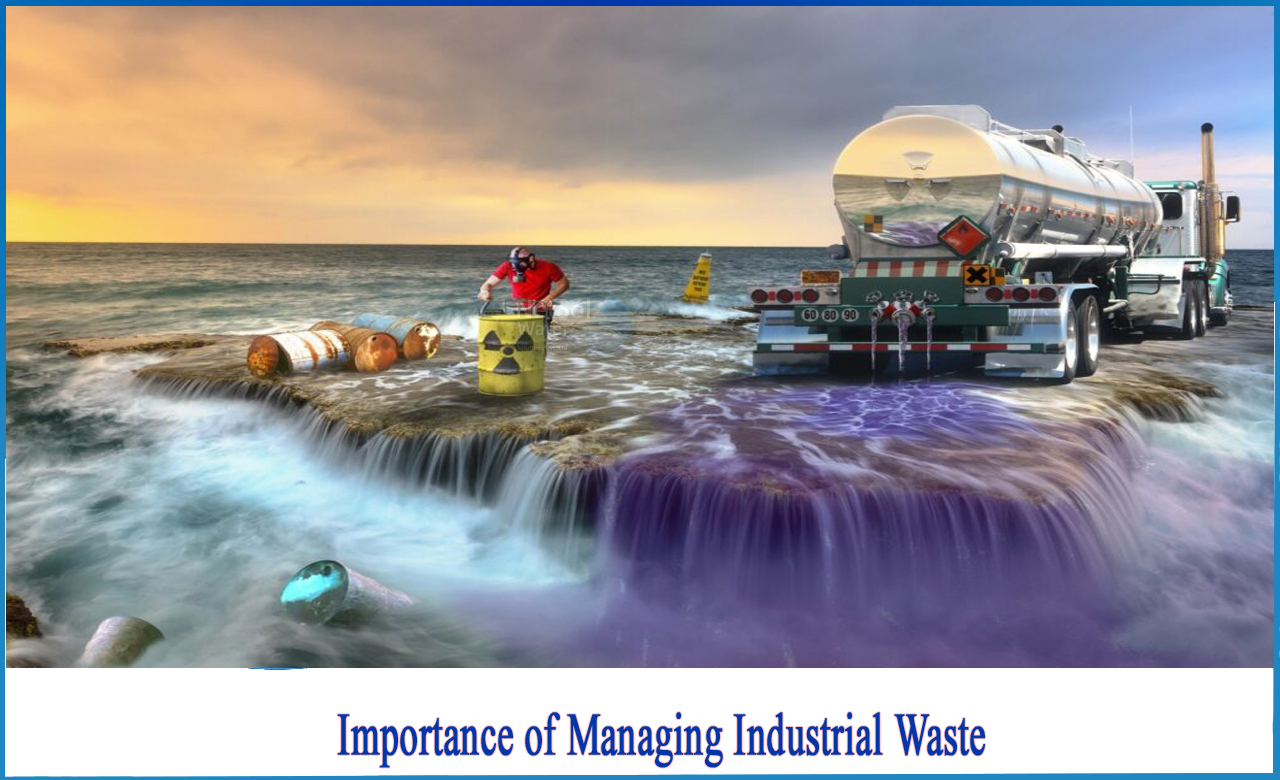Not known Facts About Reclaim Waste
Not known Facts About Reclaim Waste
Blog Article
About Reclaim Waste
Table of ContentsWhat Does Reclaim Waste Mean?The Buzz on Reclaim WasteThe smart Trick of Reclaim Waste That Nobody is DiscussingNot known Factual Statements About Reclaim Waste The Definitive Guide for Reclaim Waste
Domestic sewer waste refers to the waste and items from a residential septic tank. The proper administration and disposal of domestic sewer waste call for liquid waste to be transferred to a sewer therapy plant where the appropriate techniques and devices are used to detoxify and dispose of waste.
Business waste commonly includes possible hazards, such as combustible products or a mixture of liquid and solid waste items, and requires an advanced and comprehensive disposal process. The disposal of business waste generally includes the purification of waste before transport to make certain secure and proper disposal. Hazardous waste is created from by-products and drainage of industrial procedures and production.
This type of waste can not use the very same sewer monitoring transport or procedures as septic or business fluids. The industrial waste management process calls for the evaluation and testing of fluid waste prior to it goes through the disposal process (liquid waste disposal melbourne). Runoff waste is the fluid waste that comes from overflow and excess stormwater in very booming locations or cities
Overflow waste can trigger contamination and flooding if not managed properly. Ensuring correct waste management can stop catastrophes and lower ecological damage.
Some Known Details About Reclaim Waste
Contact PROS Services today to discover our waste management and disposal services and the proper methods to look after the fluid waste you generate.
(https://reclaimwaste1.edublogs.org/2024/11/12/efficient-liquid-waste-removal-and-disposal-your-complete-guide-to-sustainable-waste-management/)This supposed 'wastewater' is not only a vital source yet, after treatment, will be released to our land, rivers or the sea. Used water from bathrooms, showers, baths, cooking area sinks, laundries and commercial processes is recognized as wastewater.

water used to cool down equipment or tidy plant and tools). Stormwater, a form of wastewater, is runoff that streams from agricultural and urban locations such as roof coverings, parks, gardens, roadways, paths and gutters right into stormwater drains, after rain. Stormwater streams untreated straight to local creeks or rivers, ultimately reaching the ocean.
Not known Incorrect Statements About Reclaim Waste
In Queensland, the majority of wastewater is treated at sewage treatment plants. Wastewater is transferred from residential or industrial websites with a system of drains and pump stations, known as sewerage reticulation, to a sewage therapy plant.
The Department of Natural Resources suggests city governments regarding managing, operating and preserving sewage systems and treatment plants. In unsewered locations, neighborhood governments might need householders to install specific or house sewage therapy systems to deal with residential wastewater from commodes, cooking areas, bathrooms and washings. The Department of Natural Resources authorises using family systems when they are confirmed to be reliable.
The majority of stormwater receives no treatment. In some new communities, treatment of some stormwater to get rid of clutter, sand and crushed rock has actually started making use of gross toxin traps. Wastewater treatment occurs in four phases: Removes solid matter. Bigger solids, such as plastics and various other things wrongly released to sewers, are removed when wastewater is travelled through displays.
Makes use of small living organisms knows as micro-organisms Get the facts to break down and remove staying liquified wastes and great bits. Micro-organisms and wastes are included in the sludge.
Everything about Reclaim Waste
Nutrient removal is not offered in all sewer therapy plants due to the fact that it requires expensive specialised tools. It is becoming more common in Queensland. Clear fluid effluent produced after therapy might still have disease-causing micro-organisms. If this effluent is launched right into waterways such as rivers or the sea, the micro-organisms will eventually die out.

A lot of wastewater streams right into the sewerage system. Under the Act, neighborhood federal governments administer authorizations and licences for ecologically relevant tasks (Periods) including wastewater launches that may have a local effect.
Some Known Factual Statements About Reclaim Waste
Otherwise, examples are taken for lab analysis. Often numerous examinations are needed to establish the levels of each of the various toxins such as oils, hefty metals and pesticides in water. Surveillance gives valid details regarding water quality and can validate that permit problems are being satisfied. The information obtained with monitoring gives the basis for making water top quality choices.
Report this page